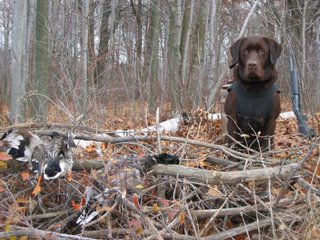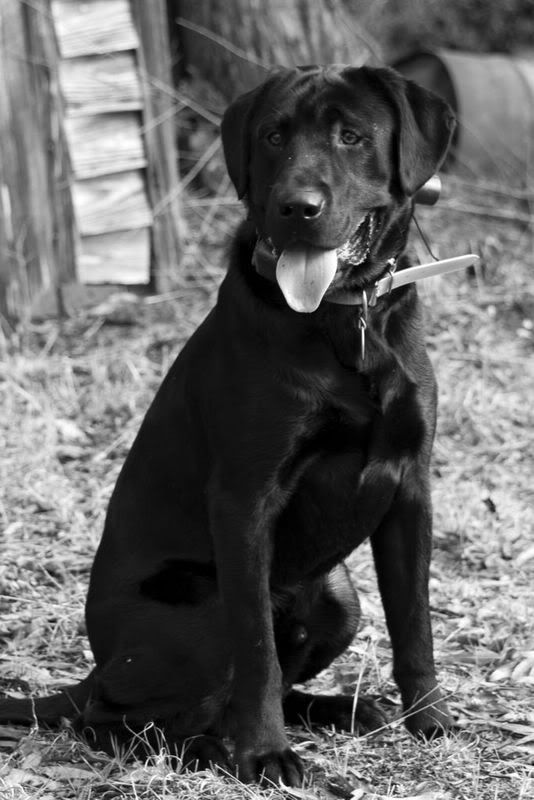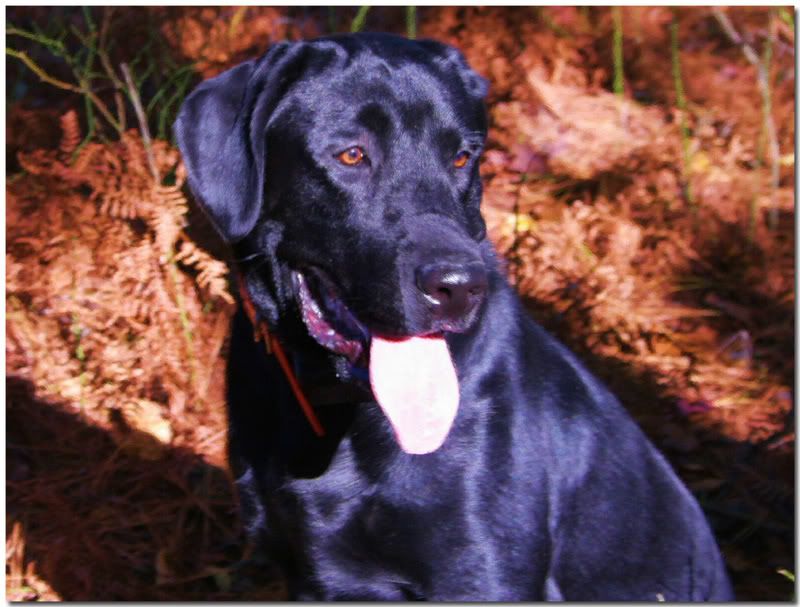
Congratulations to "MAXX".....
2000 National Amateur Field Champion!!
2000 NAFC & '95 NAFC-FC- 2XCNAFC-CFC
Ebonstar Lean Mac
"Maxx"
('92NFC-'87CNAFC Waldorf's High Tech X Ebonaceae Princess)
DOB: 7/28/90 - Reg. #SM933585/01 DECEASED 8-31-2002
OFA: LR-46627G42M-T - CERF: LR6972/92-24
ALL AGE TOTAL POINTS through 2000 - 165.5 AA (109 Open - 56.5 Amateur - 34 Derby)
WINNER OF 1995 and 2000 National Amateur Field Champion
Qualified for a combined Total of 24 Nationals (U.S. & Canada)
Finalist in 11 Nationals ( 9 Straight - Combine US & Canadian Natls. )
Finalist - 1999 National Open Championship Stake
122.5 Derby Total Points - (34 American pts.) (88 Canadian pts.)
FC @ 3 yrs. -2xDouble Hdr. Winner & 1998 Double Header Winner
Youngest dog in 1993 National Open
Maxx's Pedigree
SIRE OF: 10 Dogs entered in the 2000 National Amateur Championship Stake
SIRE OF: 41 Offspring qualified for U.S. Nationals including
FC-AFC Chena River Chavez (95AA), FC-AFC Dust Devil's Shoot The Moon(188AA)
2000 NATIONAL OPEN CHAMPION! FC Maxx's Surprise (22AA) (23D),
'99 CNFC Rainbow Mollie
ALSO SIRE OF:
9 Derby List Dogs in 1996
19 Derby List Dogs in 1997 including:
'97NDC Chena River Ripple (115 Pts. -ALL TIME HIGH)
14 Derby List Dogs in 1998 including:
FC-AFC Volwood's Mollie (69.5AA)(72D - #2 HiPt. Derby Dog)
AFC Max Millennium (55D - #3 HiPt. Derby Dog)
27 Derby List Dogs in 1999 including:
AFC Max Millennium (69D - #4 HiPt. Derby Dog)
OWNERS: SHERWIN SCOTT & PATRICIA SHAWVER,
PHOENIX, AZ.








